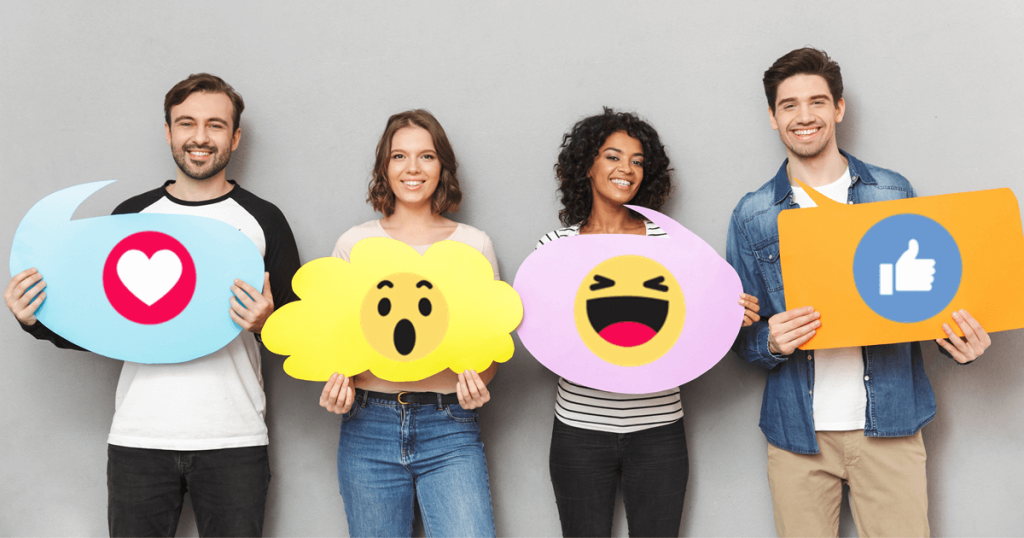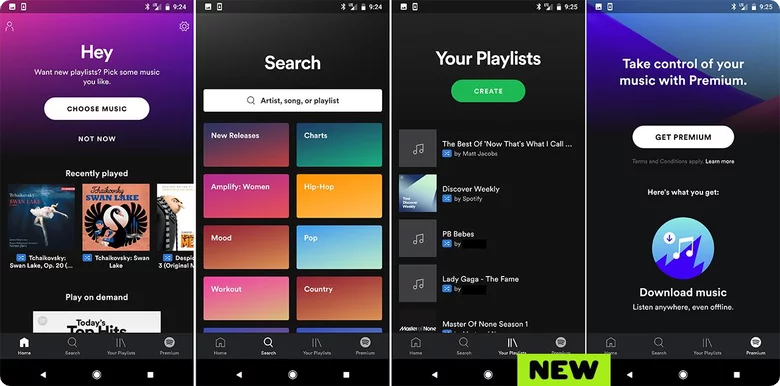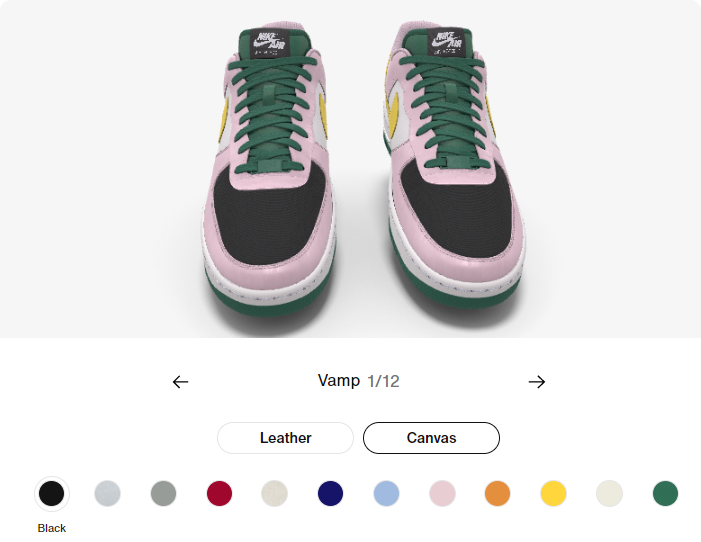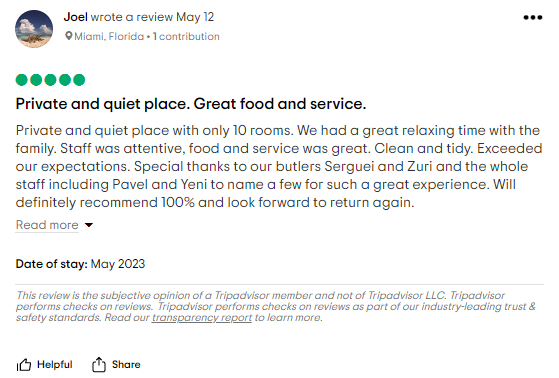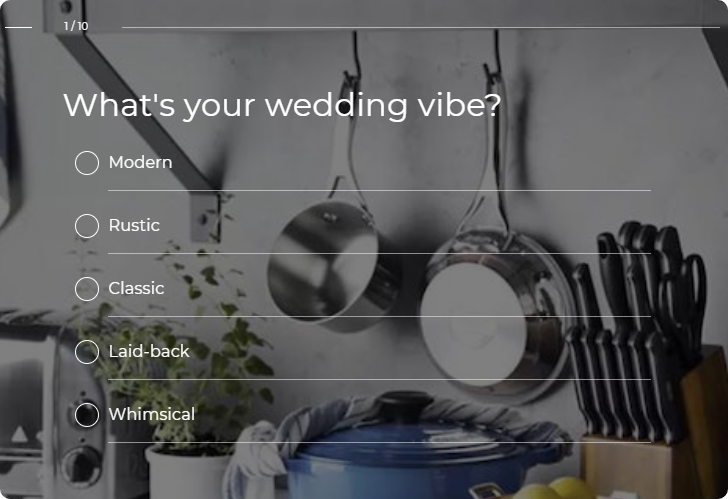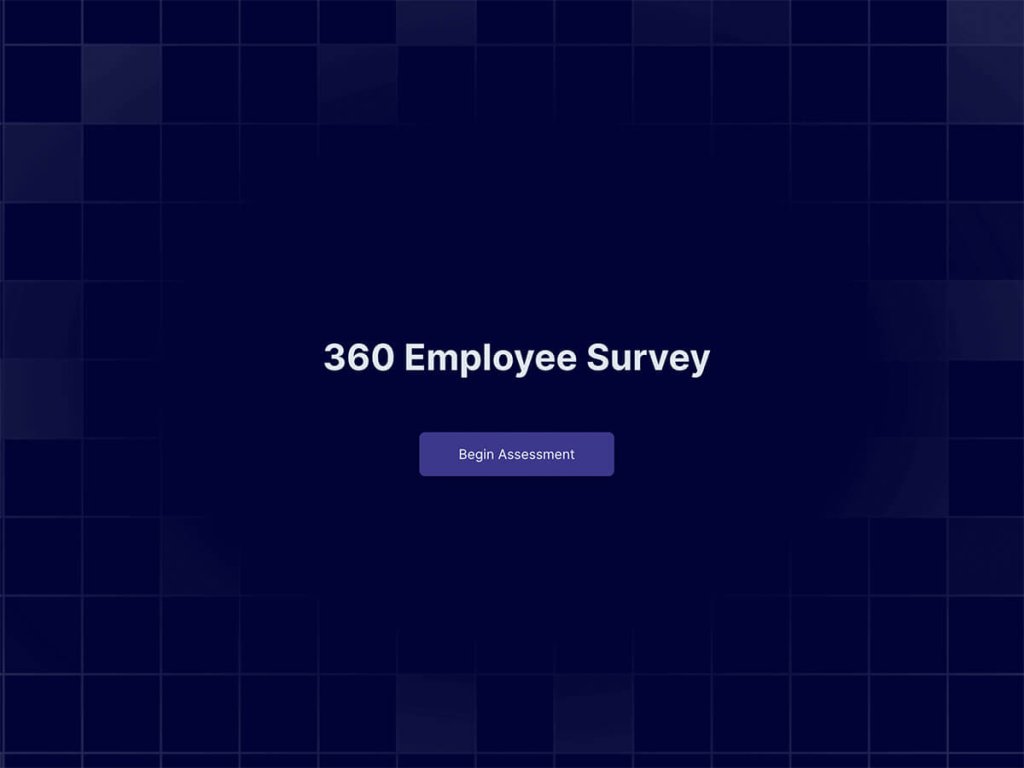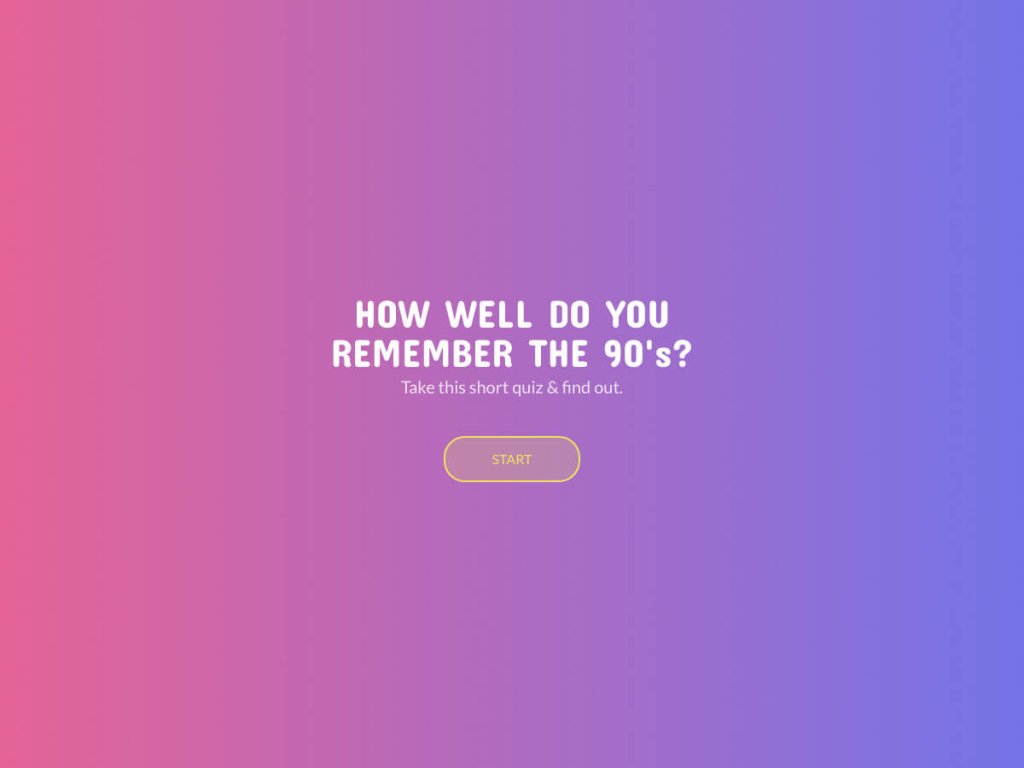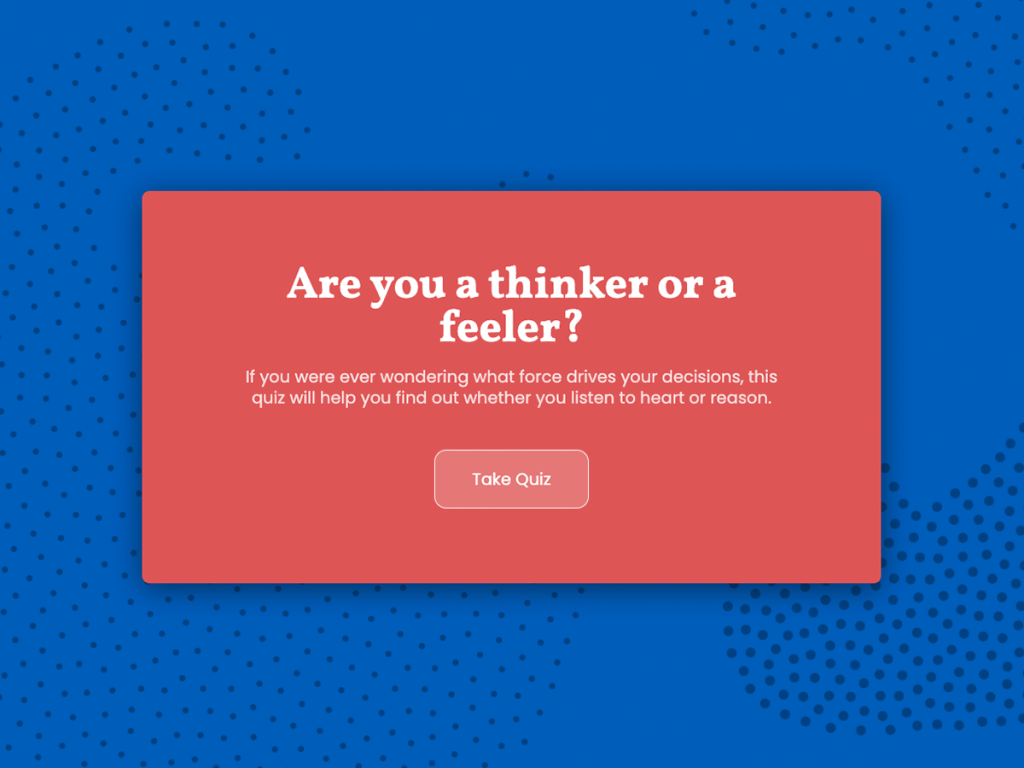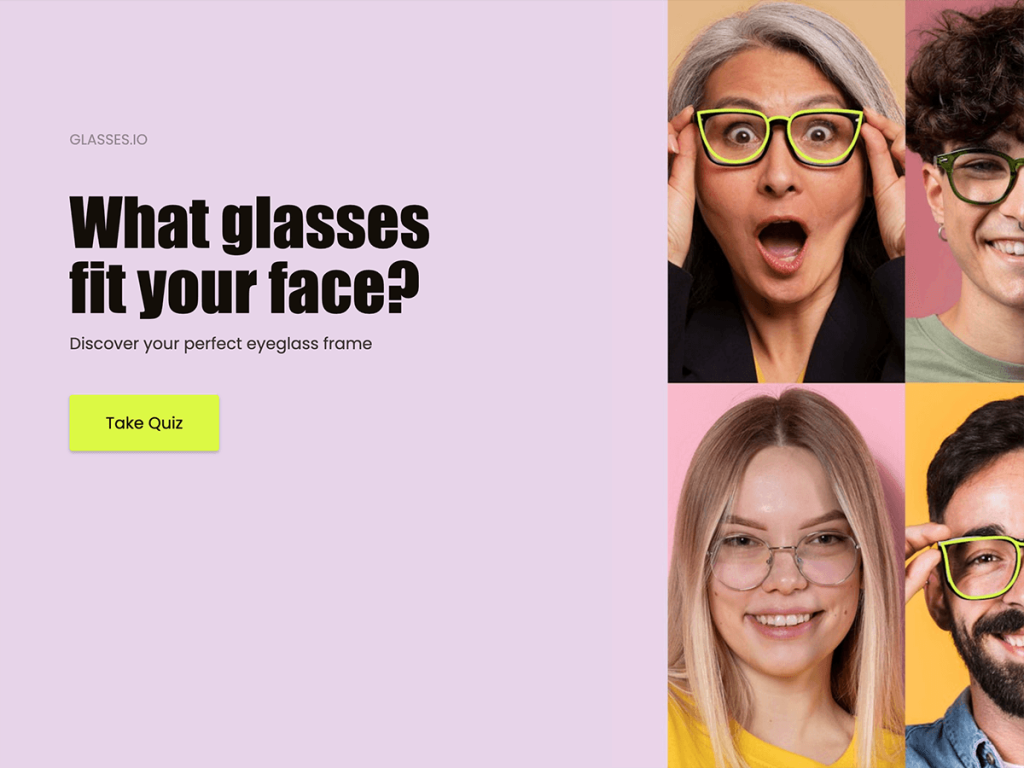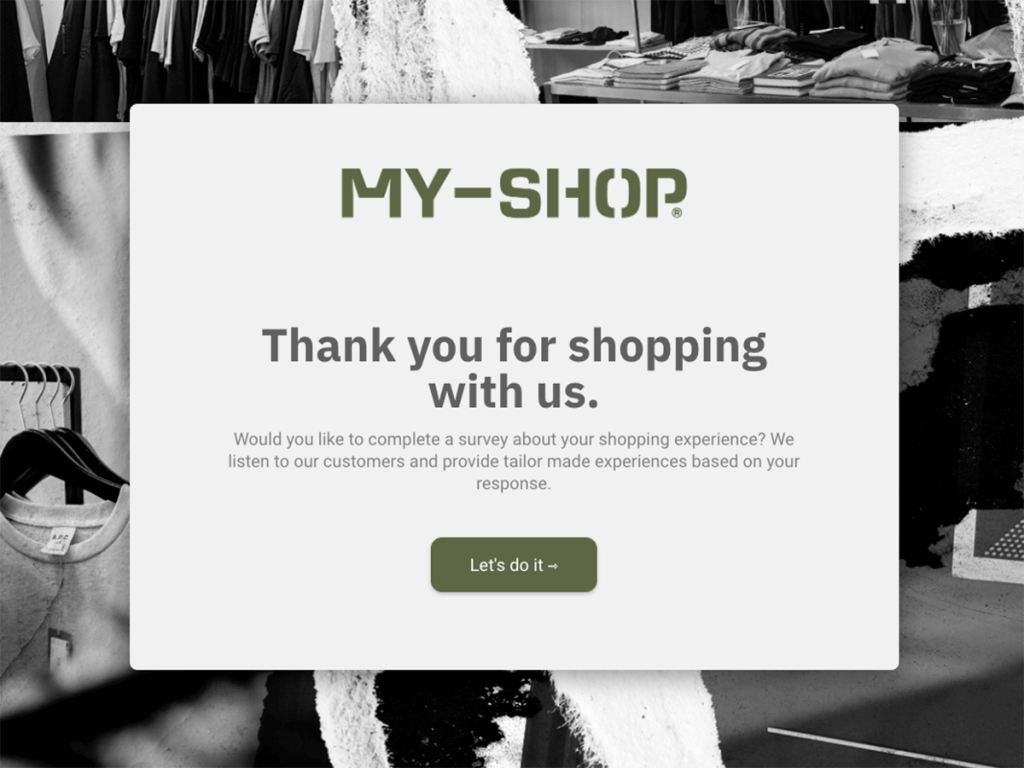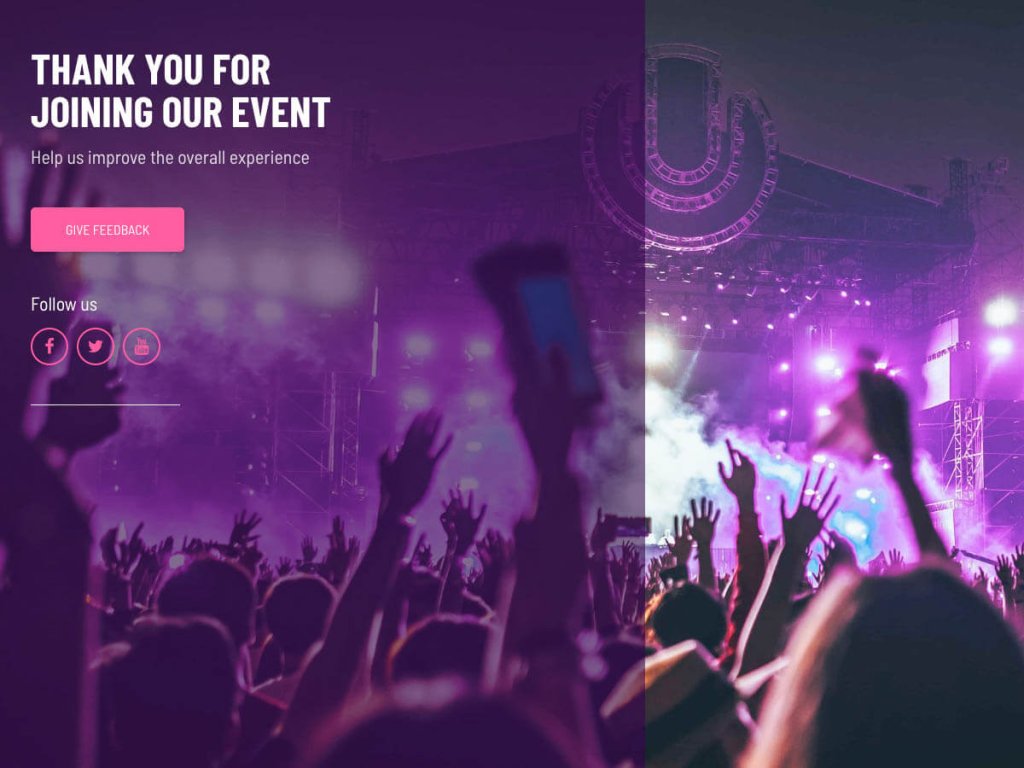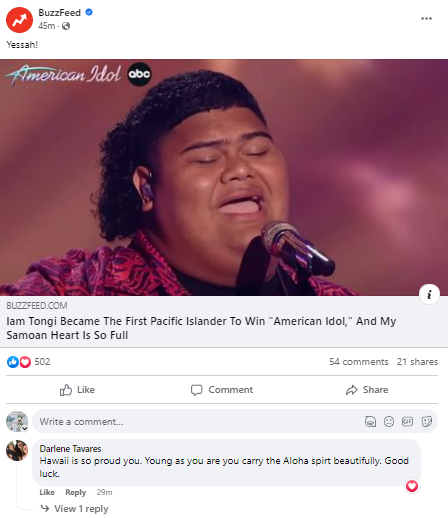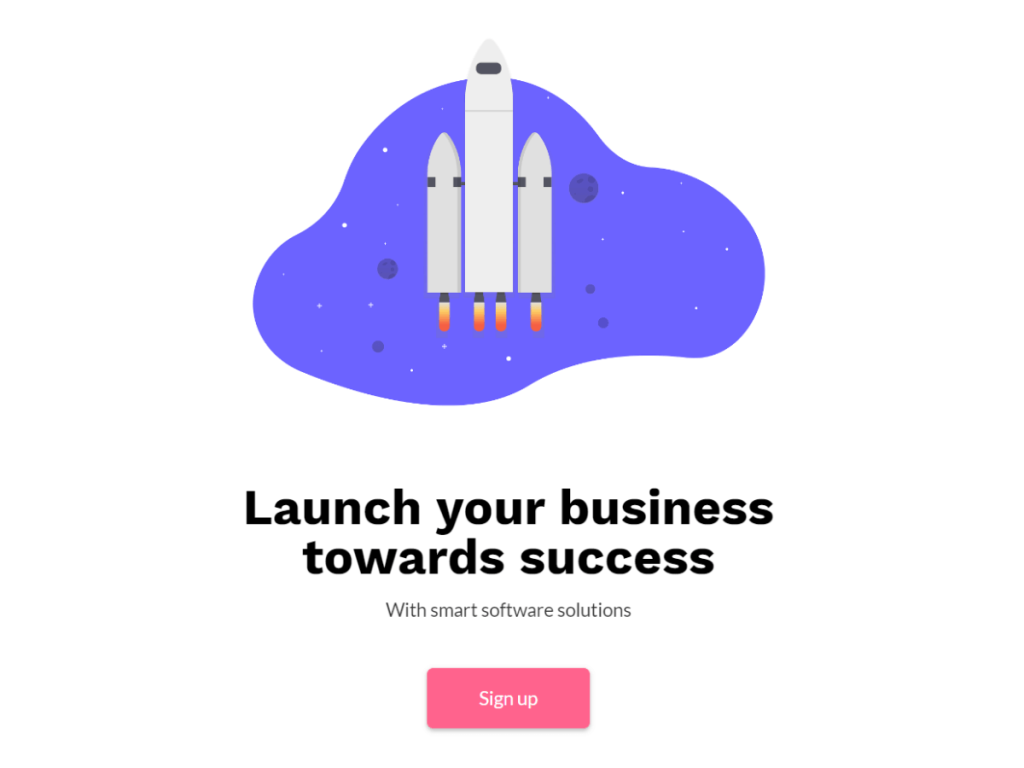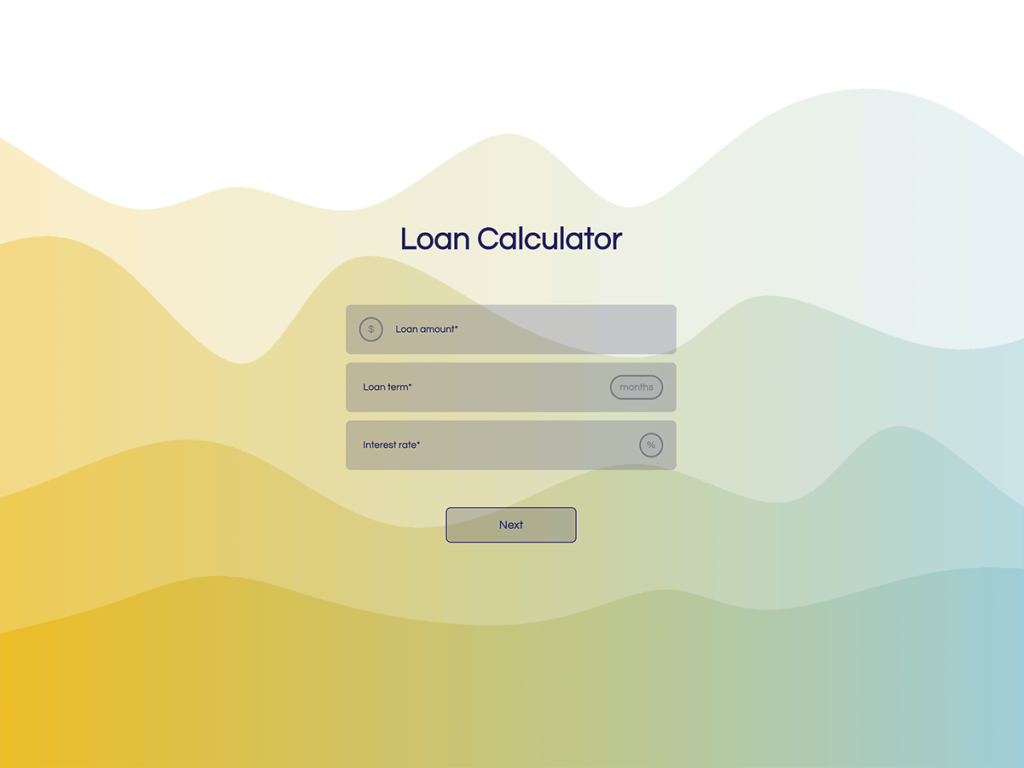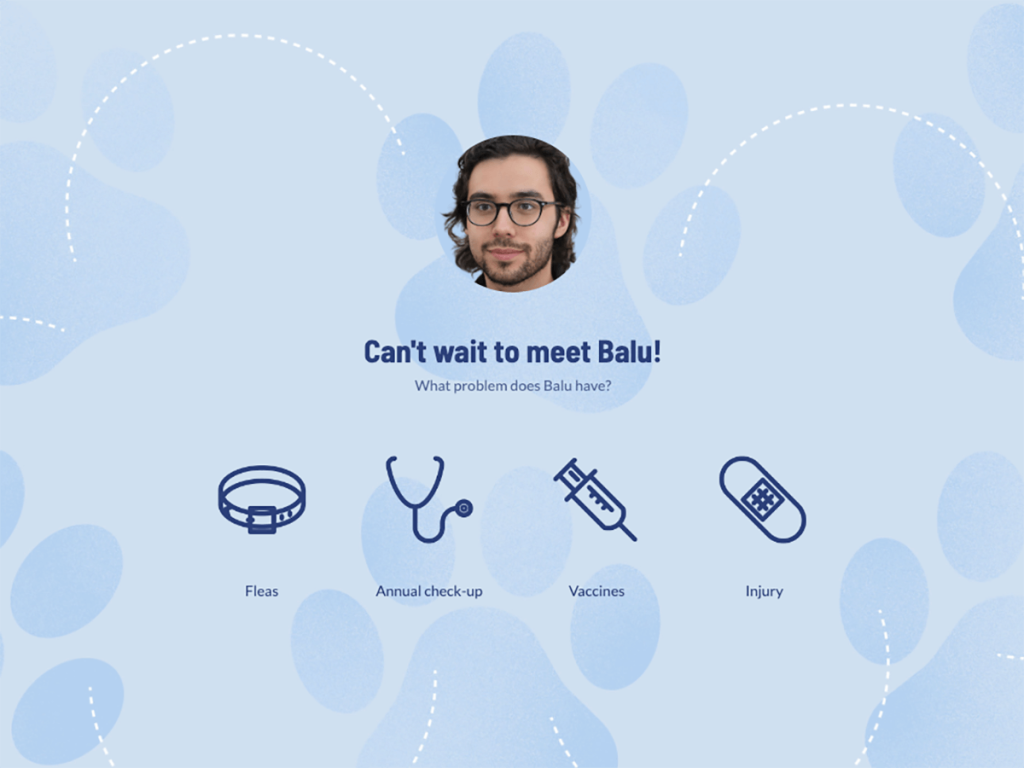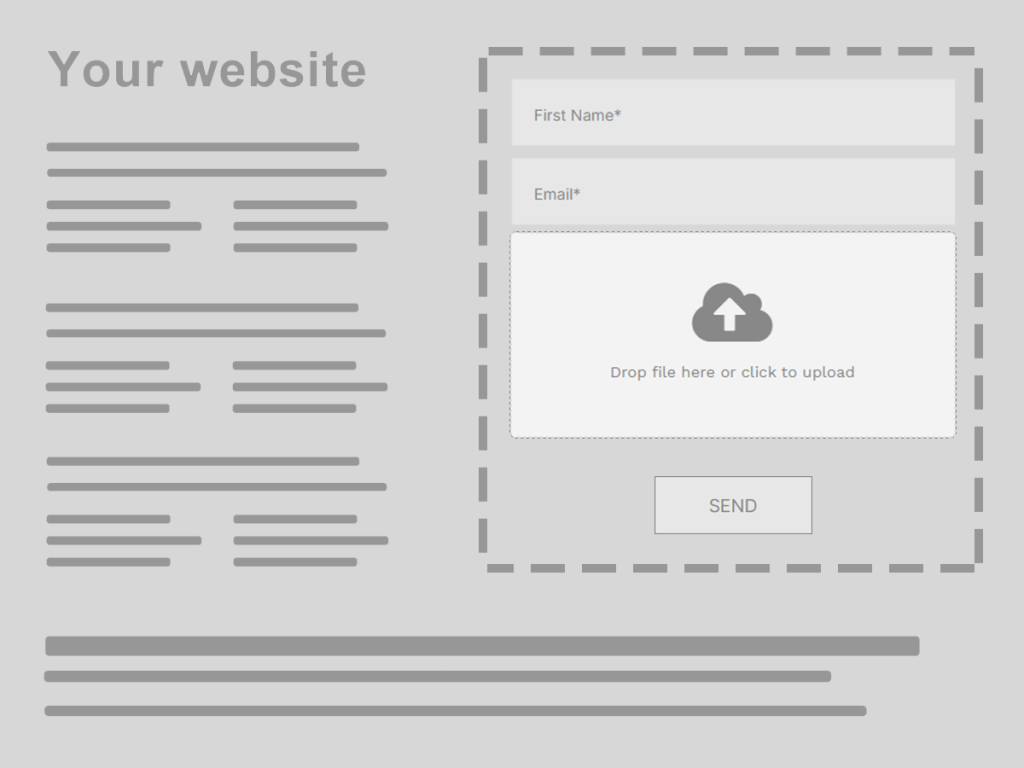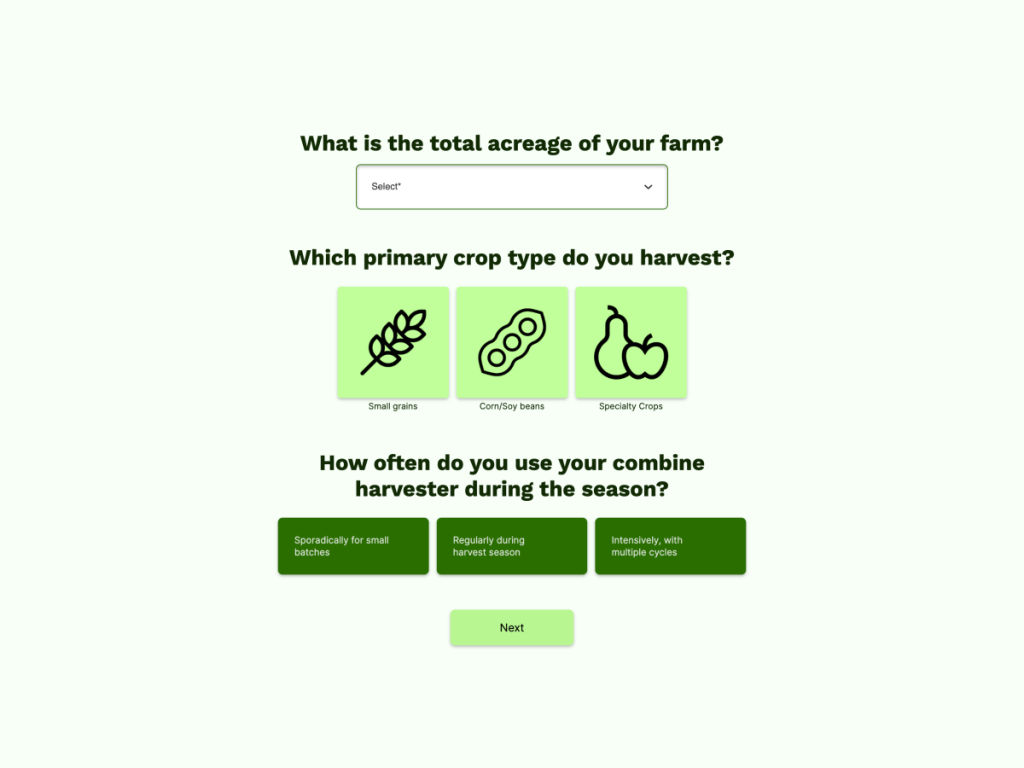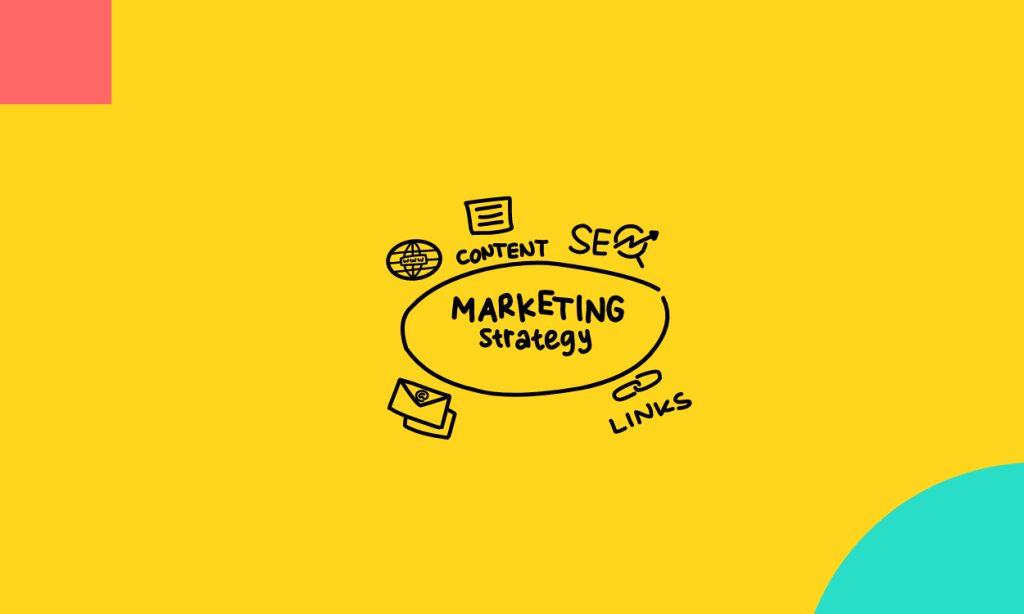User engagement is a hot term in digital marketing. It plays a crucial role in customer retention and drives an impressive return on investment. In a 2016 Marketing Week survey, 78% of respondents reported using engagement as a metric for marketing returns.
One common misunderstanding is customer interactions don't affect the customer journey, but this couldn't be further from the truth.
Brands that value engagement and have a meaningful customer engagement strategy can capitalize on its power to drive impressive traffic, and, more importantly, convert more leads into active customers.
What is User Engagement?
Defining user engagement can be tricky, as the metrics used to track it vary from one business to the next. In general, however, this concept measures consumers' interest and investment in a brand, which can be seen through the lens of the customer lifecycle.
Engaged users interact with businesses via social media, on company websites, or through the purchase of products or services. Some common metrics indicative of user engagement include:
Page views
Pages per session
Time on page/site
Bounce rate
Page/scroll depth
Conversions
Loops if you're using TikTok
Why is User Engagement Important?
Broadly speaking, user engagement helps companies understand whether their branding and messaging is effective. Low user engagement reflects poorly on a business, and could indicate larger issues, such as:
The business isn't reaching its target audience, or has targeted the wrong users.
Low quality content
Lack of customer loyalty. This might be because the business isn't reaching its ideal customer or because the user experience is lacking. In such cases, churn rates might increase while retention rates suffer.
In a worst-case scenario, the product or service in question isn't viable.
In this way, user engagement is finely interconnected with a company's profitability, making it a priority for any organization looking to improve customer satisfaction.
But beyond profitability alone, high user engagement can benefit your business tremendously, specifically through:
Sustained attention from your audience
A stronger emotional connection with customers
More repeat customers in the long run
Brand advocacy from your biggest fans
Reduced sales cycles
To understand how well you're doing, you'll need to track several customer engagement metrics, including your customer base growth, customer churn, average customer value, and more. Find out more about each of these major benefits of customer engagement below.
1. Attract and Maintain Attention
Today's users are bombarded with all kinds of marketing.
In fact, estimates from Forbes suggest that the average American sees between 4,000 and 10,000 ads per day. Yet most people aren't consciously aware of the majority of these interactions, which only occasionally drive them to make purchases.
In such a competitive environment, there's only so much of users' attention to go around. To make matters worse, simply attracting attention isn't enough; brands must also maintain it.
An engaging browsing or shopping experience is just the way to captivate users. When they encounter engaging online experiences, consumers spend more time and energy on a given website, giving these businesses an edge over their competitors.
One way to create an engaging and captivating shopping experience is with scripted eCommerce chatbots. They can collect questions and customer feedback, provide website navigation assistance, resolve simple support requests, give order and pricing information, and connect customers to appropriate human support agents. This strategy enhances the customer experience and supports the creation of a customer community.
2. A Stronger Emotional Connection
Personalized content makes consumers feel valued and special, as opposed to just another face in the crowd. In fact, according to Epsilon Marketing, 80% of customers are more inclined to do business with companies that provide personalized experiences. This preference is particularly strong among millennial and Gen Z consumers, who express a bigger desire for customized content compared to other generations.
How does personalized content relate to user engagement?
One of the most effective ways to increase user engagement is to create personalized content. Here's an example from Spotify, which curates musical recommendations based on users' listening history.
Spotify isn't the only major brand tailoring content to its users based on their actions—plenty of others, like Amazon, Netflix, and Goodreads, use the same tactic to personalize their own content.
And by doing so, these brands incite emotion. For instance, in Spotify's case, users may look forward to discovering new music and happily make Spotify a regular part of their weekly or daily routine. The result: highly active users. After all, users who feel emotionally invested in a brand are more likely to invest in its products and services, even when presented with the opportunity to purchase lower-cost items elsewhere.
3. More Repeat Customers
Compared to bored, distracted users, highly engaged consumers are more likely to become loyal customers, which could lead to a significant increase in customer retention rates. Brands can build customer loyalty programs to further incentivize repeat purchases and increase customer engagement.
Moreover, engagement helps to cultivate and strengthen customer-brand relationships. The more attached potential customers feel towards a particular brand, the less likely they are to seek out similar products or services from competitors.
The power of loyalty is apparent with major sports brand Nike, which uses interactive web content, pop-up shops, and even customizable shoes to drive consumer engagement.
According to a Gartner report, these marketing efforts allow Nike to go beyond traditional reward programs and get loyal customers willing to increase their activewear spending considerably for the sake of their favorite brand. Hence, Nike's impressive ranking on the MBLM top 10 list for customer intimacy—and skyrocketing profits since the brand first adopted this revolutionary approach.
4. Brand Advocacy from Loyal Customers
Loyal customers aren't just valuable for their repeat business. They benefit businesses tremendously by acting as brand advocates—enthusiasts that are happy to spread the word about a company because they've had such a pleasant experience.
While brand advocacy has made waves through influencer marketing in recent years, companies don't need to shell out on major YouTube and Instagram celebrity endorsements to get this publicity. On a much smaller but just as effective scale, engaged customers spread the word to their own networks without the fuss of receiving free products or being entered in giveaways.
One great example: Southwest Airlines. The budget airline ranks number 7 in Forbes' list of Most Engaged Companies, no doubt due to founder Herb Keller's emphasis on customer service. Compared to just 26% of United flyers, 51% of Southwest's customers report being highly engaged with the company.
And as a result of this high engagement, customers are eager to share their positive experiences flying with Southwest, as seen in the airline's Trip Advisor reviews.
In today's age of social proof, most consumers look to user reviews or recommendations from loved ones before making even the smallest purchase. And the more users see brands mentioned by highly engaged customers, the more likely they'll interact with them—and become engaged customers themselves.
5. Reduced Sales Cycles
Minimally engaged customers may eventually convert, but it generally takes time. In other words, the less engagement companies see in their customers, the longer their sales cycles are—even among customers who claim to be loyal to specific brands.
Engagement can ignite strong interest, however, and lead to faster sales.
Rather than pester consumers with repeated ads, brands benefit from offering a smaller number of highly resonant interactions that leave prospective customers eager to make their way through the sales funnel. Examples of these engaging marketing campaigns include:
Interactive public art displays, as SCNF did with its “virtual portal”
Customized games, like KPT’s smile-controlled pinball machine
Social media camera filters, as many brands do with Snapchat?
The shorter the sales cycle, the lower the cost-per-acquisition. As a result, brands that cultivate the most engaged customers ultimately spend less on marketing per converted consumer.
Popular Ways to Increase User Engagement
Understanding the importance of user engagement is only half the battle; the next step involves implementing strategies that effectively increase engagement. Below, you'll find some popular methods used by successful brands:
Creating Engaging Content
This could be blog posts, infographics, videos, webinars, podcasts, or any other form of content that resonates with your audience. The key is to provide value—whether that's informational, entertainment, or problem-solving. Ensure your content is easy to consume and share, and ideally, keep it regularly updated to maintain your audience's interest.
Check out Neil Patel's "Affiliate Marketing" webinar, which provides valuable insights, information about easy-to-implement affiliate marketing tactics.
Interactive Elements
Incorporate interactive elements into your website or app. This could be quizzes, customer surveys, contests, games, or any feature that promotes active engagement rather than passive consumption.
The Knot's Registry Style Quiz is an interactive way for couples to discover their wedding gift preferences, thereby improving their experience and engagement on the site.
Create Interactive Quizzes & Surveys
Get Started with 300+ Templates
Responsive Social Media Presence
Maintain an active and responsive presence on the platforms where your audience spends their time. This means responding to comments and direct messages, sharing user-generated content, and participating in relevant conversations.
A great example of this is BuzzFeed, known for their active interaction with followers through comments, direct messages, and interactive trivia quizzes.
Community Building
Consider creating a space where your audience can interact with each other and your brand, such as a Facebook group or a forum on your website. This can foster a sense of community and keep users coming back.
Remember, there's no one-size-fits-all solution when it comes to increasing user engagement rates. The key is to understand your audience and their preferences, then experiment with different strategies to see what works best. Monitor the impact of your efforts through user engagement metrics, and continually adjust your approach based on your findings.
Conclusion
Faster lead generation, strong relationship with customers, improved conversion rates —there's plenty to gain from investing in user engagement. Understanding and catering to customer behavior are vital aspects of a successful customer engagement strategy. And as more businesses move online, it'll only become more important as a way to stand out in a competitive market. Building a community of engaged users is no easy feat, but the ensuing ROI is well worth the time and effort.
Author
Joyce Chou is a Content Marketing Strategist at Compose.ly, a content platform that matches businesses with seasoned freelance writers. Apart from writing for Compose.ly's blog, Joyce also contributes to other publications about digital marketing, personal finance, and business and ecommerce.
